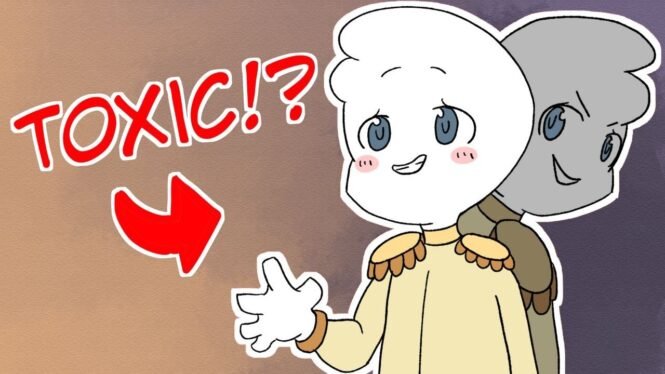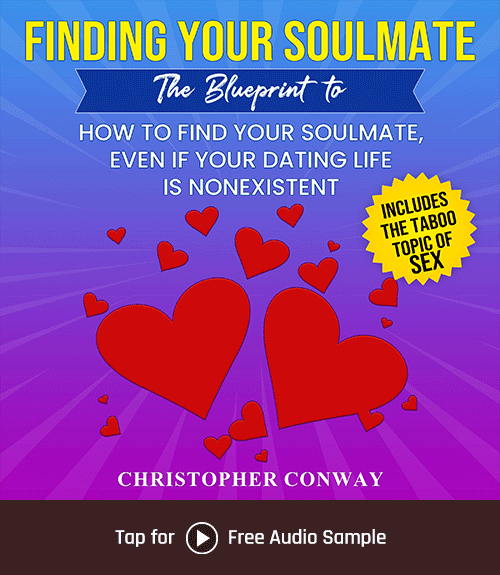Learn how to leave a toxic relationship in a healthy and safe way with our comprehensive guide. Whether you’re dealing with emotional, physical, or psychological abuse, our tips will help you identify the signs of a toxic relationship and provide you with the tools to break free and move on to a happier, more fulfilling life. Don’t stay in a toxic situation any longer than you have to. Read on to learn how to make your escape today.
Introduction
A toxic relationship can be emotionally, mentally, and physically draining. It can make you feel trapped and unable to escape. However, it is essential to recognize the signs that you are in a toxic relationship and take the necessary steps to leave it. In this article, we will provide a step-by-step guide on how to leave a toxic relationship. We will also highlight the importance of seeking help and support.
Signs of a Toxic Relationship
Before we delve into the steps of leaving a toxic relationship, it is crucial to identify the signs of a toxic relationship. Here are some of the common signs of a toxic relationship:
- Physical, emotional, or mental abuse
- Controlling behavior
- Manipulation
- Gaslighting
- Lack of respect and support
- Constant criticism and negativity
- Infidelity
- Inability to communicate effectively
If you find yourself experiencing any of these signs, it is time to take action.
Step-by-Step Guide to Leaving a Toxic Relationship
Step 1: Acknowledge the Problem
The first step in leaving a toxic relationship is to admit there is a problem. It can be challenging to recognize that you are in a toxic relationship, especially if you have been in it for a long time. However, acknowledging the problem is the first step in moving forward.
Step 2: Build a Support System
It is essential to have a support system when leaving a toxic relationship. This can include friends, family, and even a therapist. These people can provide emotional support and help you to stay strong during the process.
Step 3: Create a Plan
Creating a plan is crucial before leaving a toxic relationship. This can involve finding a safe place to stay, packing important belongings, and even seeking a restraining order if necessary. Make sure to keep this plan confidential to avoid endangering yourself.
Step 4: Cut Off Contact
Once you have left the toxic relationship, it is crucial to cut off all contact with your ex-partner. This can mean blocking their number, social media, and even changing your address if necessary.
Step 5: Focus on Self-Care
Leaving a toxic relationship can be emotionally draining. It is essential to focus on self-care during this time. This can include doing activities that make you happy, spending time with loved ones, or even seeking professional therapy.
Seeking Help and Support
Leaving a toxic relationship is not an easy process. It can be emotionally draining, and you may feel alone. However, it is essential to remember that there is help and support available. The National Domestic Abuse Hotline can be reached at 800-799-SAFE (7233). The National Suicide Prevention Lifeline can be reached at 800-273-TALK (8255). The Crisis Text Line can be reached by texting HELLO to 741741 (US and Canada) or 85258 (UK). The National Runaway Switchboard can be reached at 800-RUNAWAY (786-2929).
FAQs
-
What if I am financially dependent on my toxic partner?
It is essential to create a plan before leaving a toxic relationship, which can include finding a job or seeking financial assistance from a non-profit organization. -
How can I stay safe when leaving a toxic relationship?
It is crucial to have a plan in place that includes finding a safe place to stay, packing important belongings, and seeking support from a therapist or a local domestic violence shelter. -
Can I file for a restraining order if I fear for my safety?
Yes, you can seek a restraining order if you feel threatened or endangered by your partner. -
What should I do if I have children with my toxic partner?
It is crucial to create a plan that includes the safety and well-being of your children. Seeking legal advice and seeking support from family members can help. -
How can I heal from the trauma of a toxic relationship?
It is essential to focus on self-care and seek support from a therapist or a support group for survivors of domestic violence. Taking time to heal can help you move forward in a healthy way.
Conclusion
Leaving a toxic relationship can be a challenging process, but it is essential for your emotional, mental, and physical well-being. Remember to acknowledge the problem, build a support system, create a plan, cut off contact, and focus on self-care. Seek help and support when needed, and remember that healing and moving forward is possible.
Christopher Conway, the innovative mind behind “Love Blueprints,” is a seasoned relationship expert and author. His insightful guidance, drawn from years of experience and study, offers transformative strategies for modern love and dating. Christopher’s commitment to enhancing romantic connections has made “Love Blueprints” a go-to resource for those navigating the complexities of relationships.




